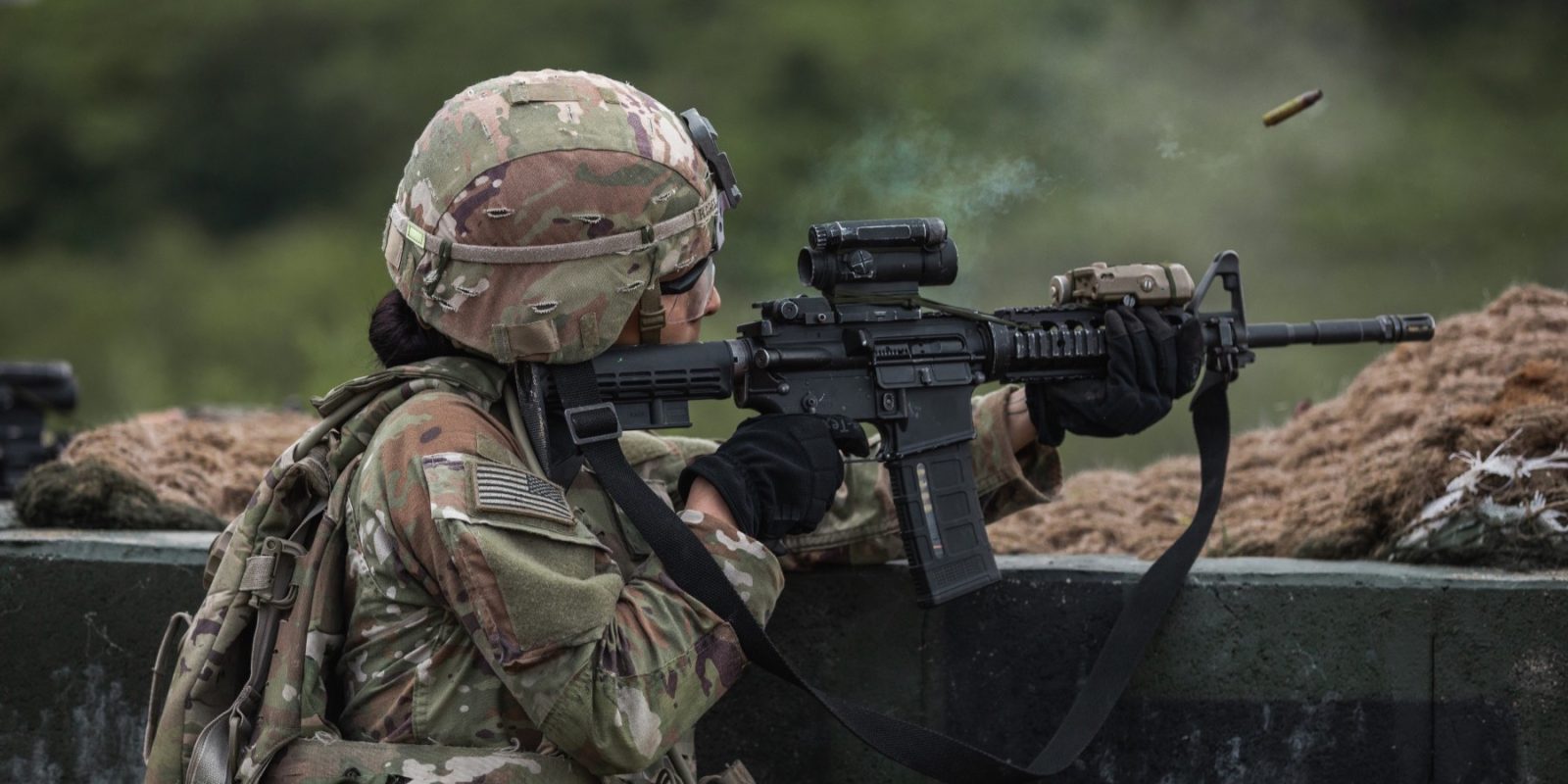It’s been a while since we’ve talked about the use of drones in Ukraine by both sides of the conflict but over the last year, a new type of drone has begun being used to counter anti-UAV activities. However, the side effects are starting to show their downside.
Expand Expanding Close“Unhackable” drones are littering the battlefields of Ukraine























